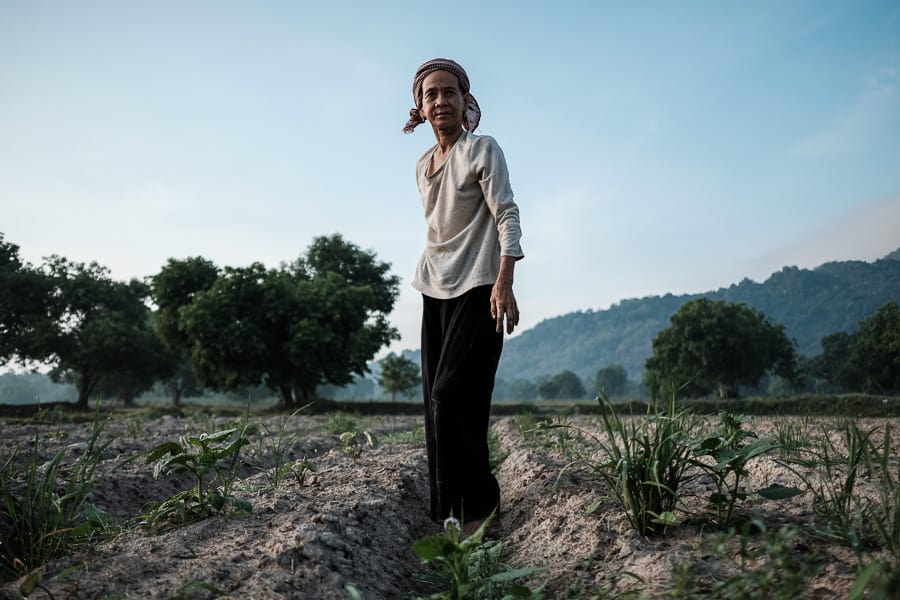Tutorials / COMPOSITION

Middle placement in photography
When doing people photography, and when doing it in a candid way, it usually helps using "rules" like the rules of thirds. These rules will help increase the dynamism and the energy in the image, which will enhance your subject's activity and body motion. Placing our subject in the middle, though, will help us create something unusual that can grab the viewer's attention. It will help us play with the visual weight of our subject and create a balance between the positive and the negative space.
The rules of design say that the closer your subject is to the frame, the more visual weight it will carry, in other words, the heavier it will be. If you follow the theory, it means that subjects placed in the middle will have less visual weight, thus helping us to give back more weight to the surroundings. But we can control that.
For people photography, this may actually be very helpful. As the human being animal that we are, we tend to look first at the human element in a picture. We also tend to first look at the eyes of the people, which is a reason why removing someone’s eyes from the frame will help you focus on some other element.
As our subjects are people, we will first look at them and spend some time analyzing them, because, once again, this is something we unconsciously do. And this means that it will bring back more visual weight to it. It is just magic! Give it a try and you will see.

Placing things in the middle (and that also applies to landscape photography) brings more stability to an image. It is like the opposite of what we try to achieve using the rule of thirds. It will give a quiet, peaceful feeling to the composition. Placing things in the middle works really well for reflections for example, as the reflection itself will balance the main subject, thus bringing an overall better stability to the image.
I tend to place my subject in the middle of the frame when there is symmetry in the rest of the image. It will remain balanced, as both sides will have the same visual weight. This is why middle placement works well for when facing clean, even backgrounds.

But things would be too easy if we could just think like that.
As you can see here, the image is unbalanced as the left side is busier than the right side. But does that mean the composition is wrong?

It is often said that creating an unbalanced image will strike the viewer’s attention more. It will create something unexpected, like when using the rule of thirds or the rule of odds. Here are 2 photos I recently posted on social media, asking people to vote for the one they like the most.

The original one, with the mountain only on the left side, got 30% of the votes. The modified version, with my amazing Photoshop skills (and I forgot to clone the reflection of course!), got 70%. From this little survey, it seems the majority of people feels more comfortable when the image is balanced. But that does not mean everyone does. The people who liked the original version better commented on how it created a more striking, intrigue image.
Personally, I still like the original version the most. But I feel that the unbalance of the mountains is a good contract to the middle placement of my subject. It will create some tension that will be repeated into the angle of the hat of my subject. After all, my subject is not symmetrical as she is looking on one side.
Having an unbalanced image will also enhance the contrast between filled and negative space. Not every part of our image have to be filled, and the empty area of the image will be used to balance the area which is being used by our subjects. Of course, as the empty space carries less visual weight than the rest (it usually has very little textures/details), it should cover a bigger area. This technique of using negative space can help you to create strong emotional feelings in an image.
But for these contrasty areas to work together, placing the subject in the middle is going to help us re-balancing the composition. Our subject is going to act as a stable pillar, holding both sides of the image like a scale.


On a more personal note, I find that placing my subjects in the middle will create a surreal feeling as if it was an image taken out of a dream. This can be reinforced if created with an unreal scenery or subject. I also like to shoot these type of scenes (they don’t happen very often though!) very wide open. The shallow Depth of field will enhance this feeling, blurring details like in a dream.

